Film Types and Formats
Types
Black and White
Panchromatic
Panchromatic is, as the name suggests, sensitive to the entire visible spectrum. This film produces a monochromatic tonal reversal of an image, which means it converts color into grey values, and reverses dark for light, producing a negative image. It is more sensitive to the blue end of the spectrum, and less sensitive to the red. It must be handled in complete darkness (loading onto reels fro processing, and during the processing itself).
Orthochromatic
Orthochromatic films are sensitive to blue and green, but not the red end of the spectrum. These films generally have very high resolution, being designed for copy work. They can usually be developed as either high contrast or as continuous tone. They present an interesting variation from panchromatic films. Both Ilford and Adox produce these films. Adox has it in 35mm and sheet, while Ilford is sheet only.
A very interesting film from Adox is their CMS 20 II film, which has "orthopanchromatic sensitivity". Depending on the developer used, it will produce halftone (extremely high contrast) images, or pictorial continuous tone (pictorial) images. It also has a completely clear base, unlike most films, which have at least some fog in the base.
Chromogenic
Chromogenic film is monochromatic film designed to be processed in color chemistry, specifically, the C-41 process. Chromogenic film is designed to have very wide exposure latitude with fine grain. Two common chromogenic films are Ilford's XP2 and Kodak's BW400CN. These films can be used to make standard black and white prints, but is is very important to remember that they must be processed in color chemistry. Black and white chemistry will not work.
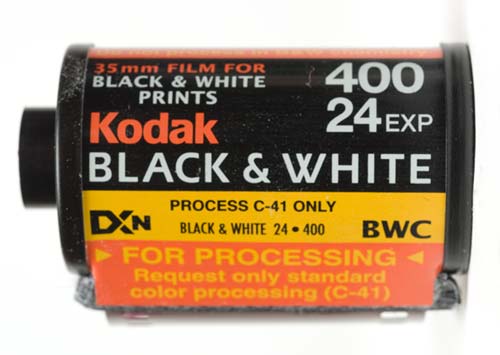
Color Films
Color films come as either positive (slide or transparency film) or negative. Generally, color negative films are used to make prints, and positive film is used for projection. However, slides, or transparencies in 135 format are quickly disappearing from use in favor of digital projection. Color prints are also quickly becoming obsolete in favor of digital reproduction.
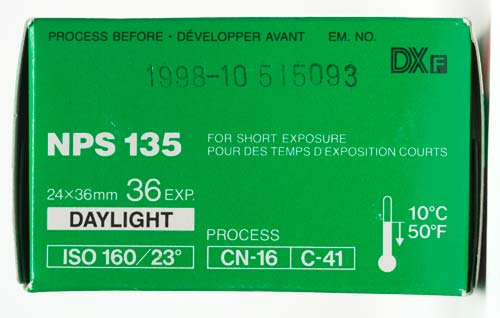
Color negative films are processed most often with the C-41 process. They cannot be processed with black and white chemistry. This process uses some rather harsh chemistry, requiring careful use and disposal. While by no means extinct, color film selection is becoming increasingly more limited, again largely due to digital workflows, particularly in the commercial segment.
Instant Film
Instant film, or at lest Polaroid films, seemed doomed to distinction until The Impossible Project (https://www.the-impossible-project.com) began producing them around 2010, having purchased the last Polaroid plant in the Netherlands. They produce color and black-and-white films for a variety of Polaroid formats. Fuji also produces instant films, but has themselves discontinued their black and white.
Formats
Film format, like camera format, refers to the size of the image. Formats are broken down into four general categories: miniature, small, medium, and large. Some films are available across most formats, some only in one or two.
Miniature
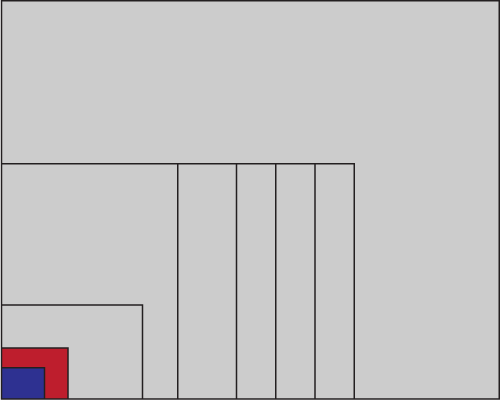
Miniature includes 8 × 11mm rolls (Minox), and 13 × 17mm 110 cartridges. Although not common, it is still available (see Lomography) and this tiny format has its adherents.
Small
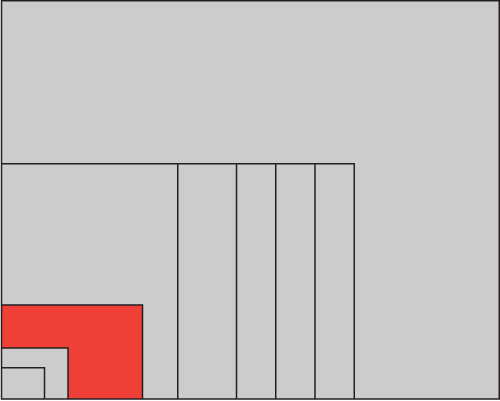
Small format is 135, or 35mm rolls, which measure 24 × 36mm. Packaged in cassettes, a roll will give from 12-36 exposures. The amount of exposures, coupled with a reasonably large negative able to produce relatively large prints (11 × 14) made 35mm a hugely popular format. There are, of course, many other factors for the popularity of the 135 format, a lot of which revolve around cost, both of the film and the equipment to expose, process and print it.
Medium
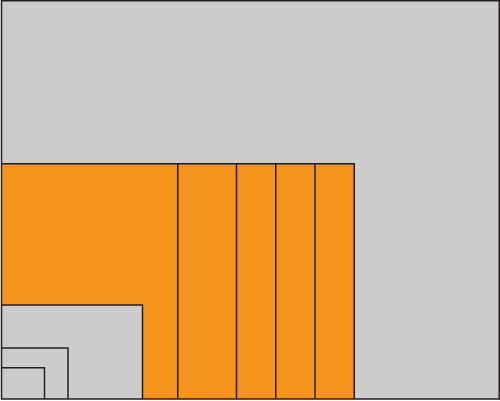
Medium format covers a range of sizes, depending on the camera. These are 6 × 4.5cm, 6 × 6cm, 6 × 7cm, 6 × 8cm, and 6 × 9cm. The film comes in rolls as 120, which is about 30 inches long, and 220, which is double the length. Both are 6cm (60mm) wide. 120 has a continuous paper backing, while 220 has only a leader and trailer, allowing for more film on the same size spool. Depending on the camera format, you get from 8-16 frames per roll of 120, and 18-32 with 220.
Medium format, with its considerably larger negative (than 135), has traditionally been the format of choice for professional (commercial) use. You get the benefit of roll film with a larger, higher quality image.
Large
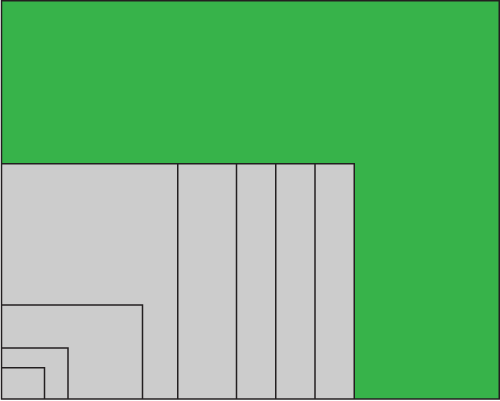
Large format film comes in sheets, and starts at 4 × 5 inches. With 4 × 5 being the predominant large format, 8 × 10 and 11 × 14 inch sizes are also used. Large format gives one the ability to make quite large images of high quality. At 100ASA, a 16 × 20 print shows little or no grain.
Being sheet film, however, the film must be loaded into holders, one or two sheets at a time. As well, a sheet of 4 × 5 film can cost around 10 times as much as a frame of 135.